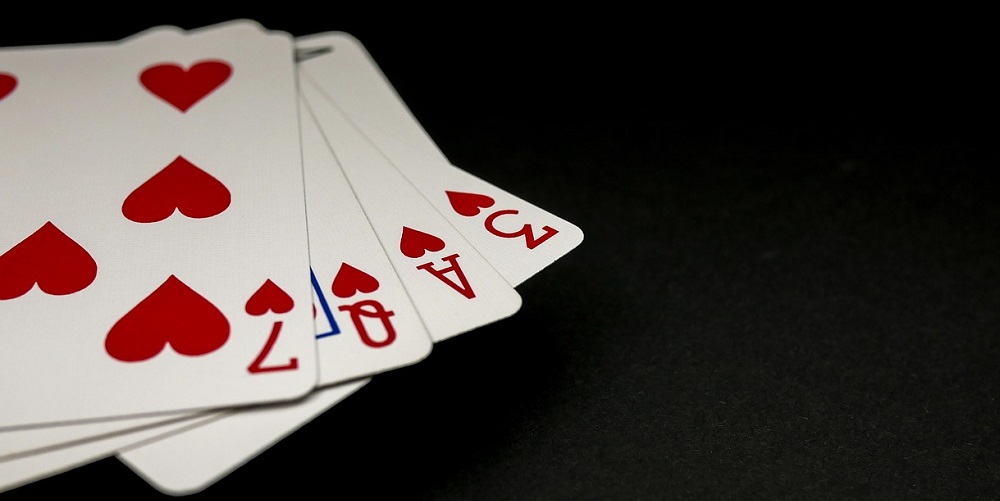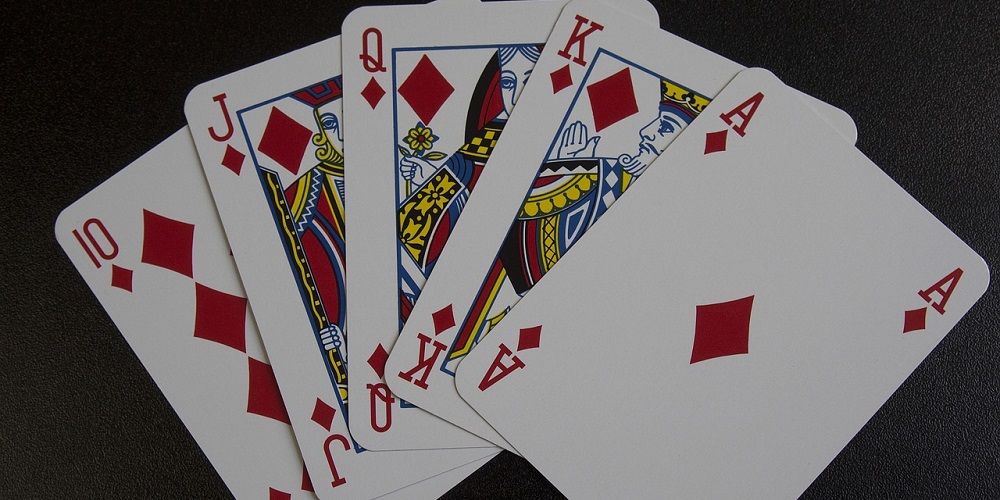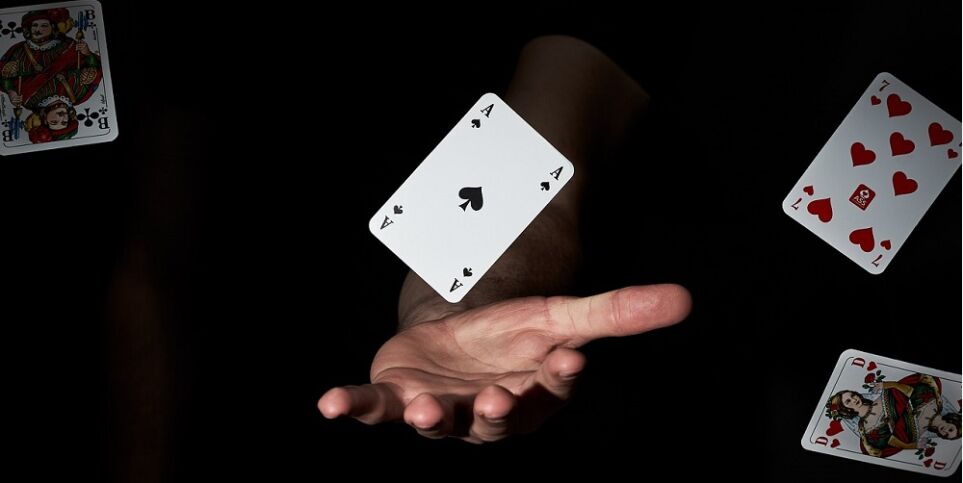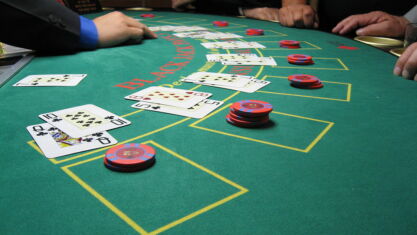Pot Limit Omaha stands as one of the most exciting and strategic variants of poker. Renowned for its dynamics, PLO has gained popularity in casinos and high-stakes tournaments. Learn the Pot Limit Omaha rules and gameplay to try this unusual yet exciting poker variation at online casinos.
Rules of Pot Limit Omaha
Pot Limit Omaha follows the basic structure of Texas Hold’em but with a twist. In PLO, each player is dealt four cards instead of two, increasing the potential for powerful hands. To form the final combination, players must use exactly two of their hole cards in conjunction with three of the five community cards dealt face up on the table.
While everything is clear with the basic Pot Limit Omaha rules, what about the term “Pot Limit?” It refers to the betting structure in the game. Unlike Hold’em, where players can bet any amount at any time, Pot Limit Omaha restricts bets and raises to the current size of the pot. This dynamic betting structure adds complexity to the seemingly easy game, as players must manage their chip stacks and consider pot odds when making decisions.
PLO hands
Pot Limit Omaha follows the same hand rankings as traditional poker variations, but due to the nature of the game, where players are dealt four hole cards instead of two, the potential for strong hands and combinations increases.

Here is a list of poker hands in Pot Limit Omaha, ranked from the highest to the lowest:
- Royal Flush: A, K, Q, J, 10, all of the same suit.
- Straight Flush: Five consecutive cards of the same suit.
- Four of a Kind (Quads):nFour cards of the same rank.
- Full House: Three cards of one rank and two cards of another rank.
- Flush: Five cards of the same suit, not in sequence.
- Straight: Five consecutive cards of different suits.
- Three of a Kind (Set or Trips): Three cards of the same rank.
- Two Pair: Two sets of pairs, each of a different rank.
- One Pair: Two cards of the same rank.
- High Card: If no player has any of the above hands, the winner is determined by the highest card in their hand.
Betting rounds in Pot Limit Omaha
In Pot Limit Omaha, the betting rounds closely resemble those of Hold’em. You can also use the latest online poker bonuses in PLO just like in other poker variations before initiating betting rounds.
The first betting round concludes when the highest bet is matched by one or more players. If someone’s raise goes unmatched, they claim the pot without revealing their cards – a rule upheld throughout the hand.

The second betting round begins following the flop, wherein three face-up communal cards are placed in the middle of the table. All players incorporate these communal cards with their four private cards to formulate the optimal five-card hand. Remember that using two hole cards and three community cards is essential to constructing this hand.
Initiating the second round is the player seated to the left of the dealer button. Actions, such as betting, raising, and folding, proceed clockwise. Similar to Texas Hold’em, players can opt to check if no bets precede their turn. Should bets follow a check, the player has the choice to fold, call, or raise. If all players check in a betting round, the game advances to the next stage.
The third betting round transpires on the turn, introducing a fourth face-up community card available to all remaining participants. Following the completion of this round, the final betting phase unfolds on the river, presenting a fifth and final face-up community card accessible to every participant.
Showdown
Once bets are called in the fourth betting round, the Pot Limit Omaha rules require the remaining players to show their cards. The last one to raise reveals their cards first, while in the absence of a final-round bet, the player to the left of the button unveils their hand. Card revelations occur in clockwise order around the table.
The pot’s victor is the player showcasing the superior five-card hand, adhering to the established hand hierarchy. In instances of identical hands, the pot is evenly divided among the tied players. Following the pot distribution, a new hand commences, initiating the next cycle of PLO gameplay.
















